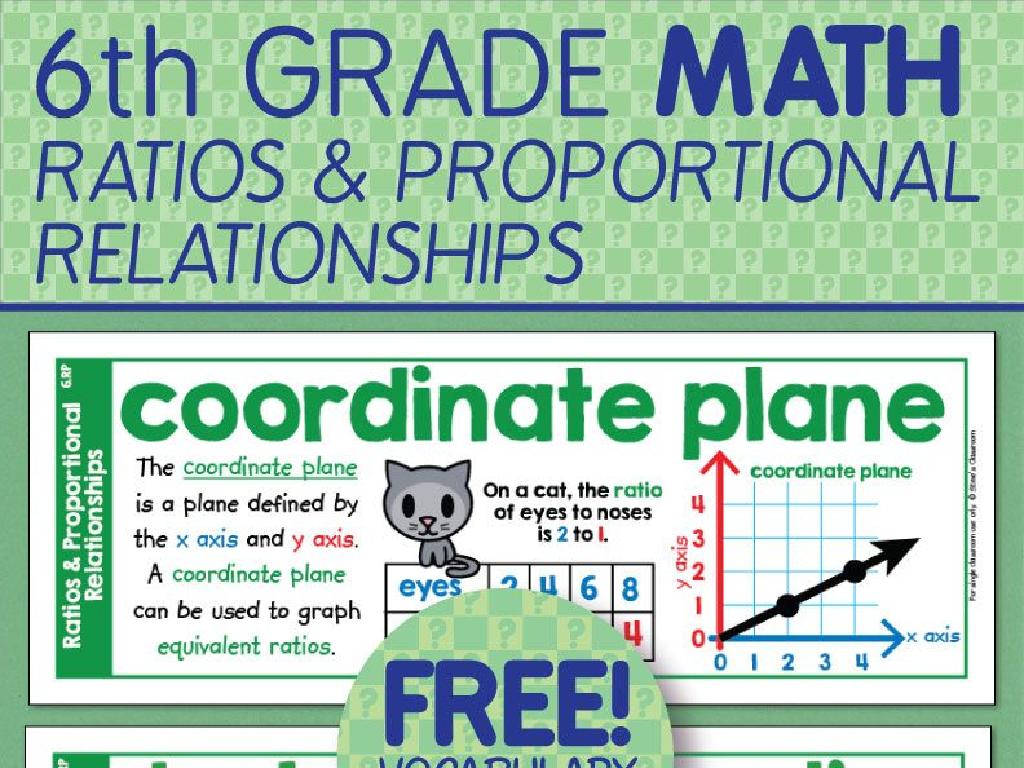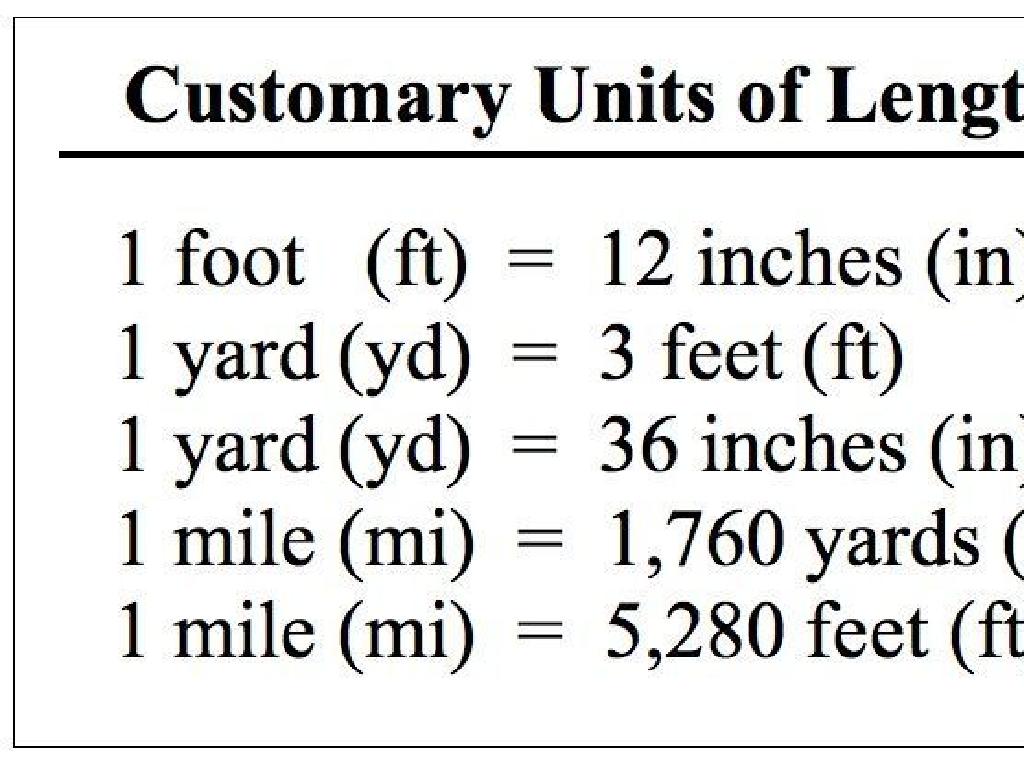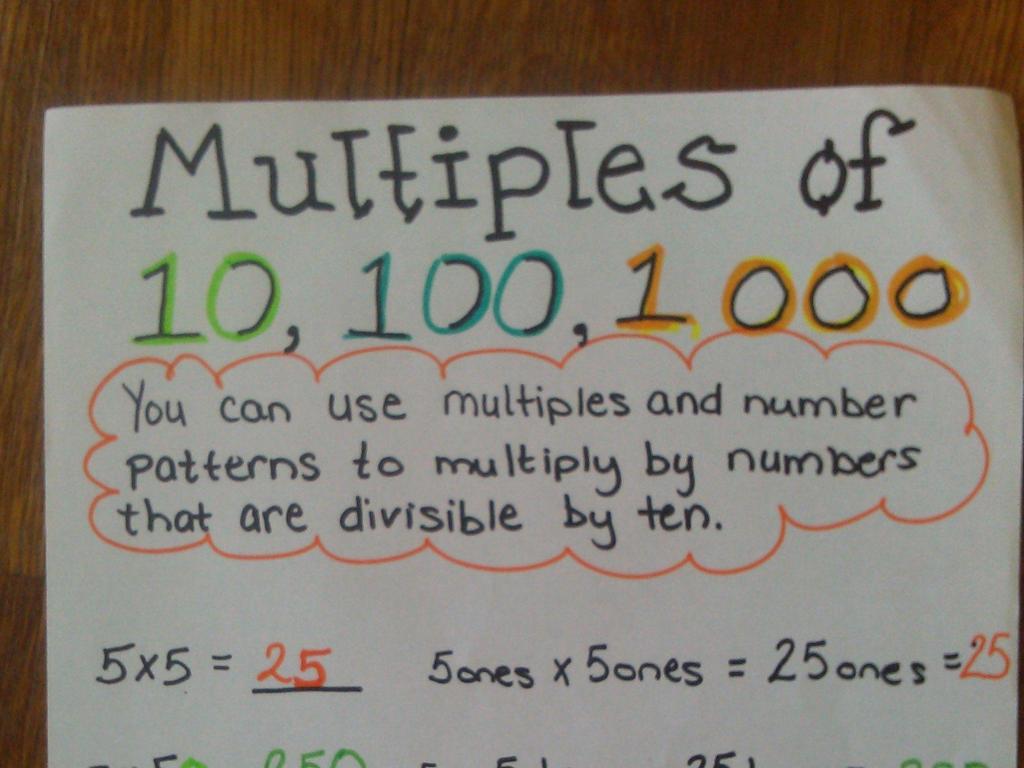Form The Singular Or Plural Possessive
Subject: Language arts
Grade: Fourth grade
Topic: Nouns
Please LOG IN to download the presentation. Access is available to registered users only.
View More Content
Introduction to Possessive Nouns
– Understanding noun ownership
– Nouns can show who owns something
– Meaning of possession
– To possess means to have or own something
– Singular possessive noun examples
– A boy’s hat, a dog’s bone, a teacher’s book
– Practice forming possessives
|
This slide introduces the concept of possessive nouns, which are used to show ownership. Start by explaining that nouns can be ‘owners’ of something else, and this is shown by adding an apostrophe and an ‘s’ for singular nouns. Give clear examples of singular possessive nouns, such as a boy’s hat, where the hat belongs to the boy. Emphasize that the apostrophe is key to showing possession. Encourage students to think of items they own and how they would write that in a sentence, for example, ‘This is Sarah’s pencil.’ Prepare a few exercises for the class to practice turning singular nouns into their possessive form.
Forming Singular Possessive Nouns
– Show ownership with nouns
– When something belongs to someone or something
– Add apostrophe + ‘s’ to a noun
– Like in ‘dog’s leash’ – it means the leash belongs to the dog
– Example: The girl’s bicycle
– It shows the bicycle belongs to the girl
|
This slide introduces the concept of singular possessive nouns to fourth-grade students. It’s important to explain that possessive nouns show ownership or that something belongs to someone or something. Emphasize the use of an apostrophe followed by the letter ‘s’ to make most singular nouns possessive. Use clear examples like ‘The girl’s bicycle’ to illustrate this point. Encourage students to think of items they own and how they would write that in the possessive form. For instance, ‘This is Mark’s toy’ indicates that the toy belongs to Mark. Reinforce the concept by having students convert simple sentences to include possessive nouns.
Plural Possessive Nouns
– Form possessives from plurals
– When a noun is plural and ends in ‘s’, show possession with just an apostrophe
– Add apostrophe after ‘s’ for plurals
– Like in puppies’ toys, classes’ schedule
– Example: The girls’ bicycles
– It shows the bicycles belong to the girls
|
This slide introduces students to the concept of plural possessive nouns, which is a way to show that something belongs to more than one person or thing. Emphasize that if a plural noun already ends with an ‘s’, we simply add an apostrophe at the end to make it possessive. Use clear examples like ‘The girls’ bicycles’ to illustrate that the bicycles belong to the girls. Encourage students to come up with their own examples of plural possessive nouns and to share them with the class. This will help solidify their understanding of how to form and use plural possessive nouns correctly.
Irregular Plural Possessives
– Plural nouns not ending in ‘s’
– Words like ‘children’ and ‘teeth’ don t follow the usual rule
– Add apostrophe + ‘s’ to make possessive
– We do this to show ownership by the irregular plural noun
– Example: children’s playground
– ‘Children’ is plural for ‘child’, and the playground belongs to them
|
This slide focuses on teaching students how to form possessives with irregular plural nouns, which are plurals that do not end in ‘s’. Emphasize that the usual rule of just adding an apostrophe for regular plural possessives does not apply here. Instead, students should add an apostrophe followed by an ‘s’ to show possession. Use clear examples like ‘children’s playground’ or ‘men’s room’ to illustrate this concept. Encourage students to think of other irregular plurals and practice forming possessive cases. This will help them understand ownership in sentences and improve their writing skills.
Practice with Possessives
– Identify possessive nouns in sentences
– Look for nouns showing ownership, like ‘dog’s leash’ or ‘teachers’ lounge’
– Create sentences with possessives
– Use nouns you own to make sentences, e.g., ‘The cat’s whiskers are long’
– Share examples with the class
– Pick your best sentence to tell the class
– Understand singular & plural possessives
– Singular: Adds ‘s. Plural: Often just adds ‘, unless plural doesn’t end in s then add ‘s
|
This slide is for a class activity focused on possessive nouns. Students will first identify possessive nouns within given sentences, looking for cues such as apostrophes that indicate ownership. Next, they will create their own sentences using both singular and plural possessive forms. Encourage creativity and the use of items familiar to them. After crafting their sentences, students will have the opportunity to share their examples with the class, fostering a collaborative learning environment. The teacher should provide guidance on forming singular possessive nouns by adding ‘s and forming plural possessives, which typically involves adding an apostrophe after the s (for words that are pluralized with an s) or ‘s for plural words not ending in s. The teacher should prepare to offer additional examples and common exceptions to the rules.
Class Activity: Possessive Noun Hunt
– Find items in the classroom
– Write the owner’s possessive form
– For a book on a desk: ‘the teacher’s book’ or ‘the teachers’ book’
– Understand singular vs. plural possessive
– ‘Cat’s toy’ is singular, but ‘cats’ toys’ is plural
– Use context to determine the correct form
– Is the pencil owned by one student or many? Choose ‘student’s’ or ‘students”
|
This activity is designed to help students practice forming possessive nouns in a fun and interactive way. Have the students move around the classroom to find various items. They should then write down the possessive form of the noun that owns the item, considering whether it is singular or plural. For example, if a pencil is found on a desk, they need to decide if it belongs to one student or several and write ‘the student’s pencil’ or ‘the students’ pencil’ accordingly. This exercise will reinforce the concept of possessive nouns and provide a practical application of the rules. Encourage students to share their findings and explain the reasoning behind their choices. Prepare to discuss common mistakes and clarify any misconceptions.
Wrapping Up: Singular & Plural Possessives
– Recap: Forming possessives
– Remember, add ‘s for singular possessives, s’ for plural possessives.
– Importance of correct possessives
– Using possessives correctly shows ownership and clarifies meaning.
– Looking ahead: Possessive pronouns
– Next class, we’ll learn about ‘mine’, ‘yours’, ‘theirs’ etc.
– Review activity: Create examples
– Try making your own possessive nouns from things at home or school.
|
This slide aims to consolidate the students’ understanding of singular and plural possessive nouns. Start by reviewing the rules for adding apostrophes to show possession. Emphasize the importance of using possessives correctly to avoid confusion and to clearly communicate who owns what. Prepare the students for the next lesson on possessive pronouns by briefly introducing the concept. Engage the students with a review activity where they create examples of possessive nouns, which will help reinforce their learning and ensure they can apply the rules independently.






